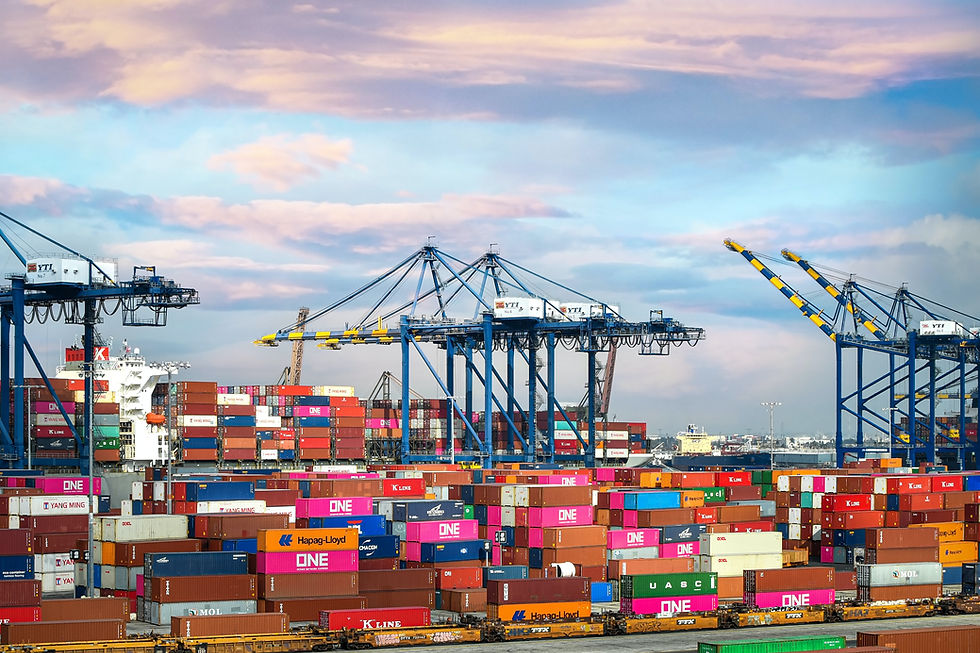How Can Supply Chain Management Contribute to Sustainability?
- Wei Wan
- Apr 5, 2022
- 2 min read
Updated: Sep 23, 2022
I remember early in my career, sustainability was still done more for public relations than for core business goals. Business leaders often thought environmental initiatives and profits were trade-offs. The case has now been strongly made that reducing environmental footprint is aligned with business success. Operational efficiency can reduce energy usage and other resources that in turn reduce cost and adds to profits. My post “Why Supply Chain Management is Better than Marketing?” highlights the direct impact cost reduction has on business profits. Consumers are also increasingly expecting sustainability as part of a business's area of responsibility.
3 R's of Waste Management
Like the general public, businesses can use the Three R’s of waste management (reduce, reuse and recycle) to achieve more sustainable operations. The choice of actions should follow the order of reduce, reuse, and recycle respectively as the costs and the negative environmental impact increases with each R option.
Circular Economy
Even with green initiatives, traditional supply chains will not achieve true sustainability. If you refer to my first post, the traditional supply chain is linear. Production begins with raw materials acquired by mining or agriculture and end products eventually end up as waste in landfills. Improving on this supply model can not fully offset the environmental impact on the whole society as the economy grows. The next step in the sustainability movement is creating a circular economy that transforms the fundamental way how supply chains operate. The premise of the circular economy would be mirrored by a circular supply chain.
The circular economy begins with decoupling raw resources with economic growth. This is partly done by increasing the use of recycled materials at the product design level and supplemented with improving manufacturing methods that reduce the use of energy and materials.
The graphic below shows three streams that relieve pressure on demand for materials. The first is to reduce new product requirements through reusing, repairing, and re-making products. (green counterclockwise path inside the main circle). The other methods are shown in the bottom two streams: take-back of goods and materials and recycling (green and orange counterclockwise paths inside the circle). All three of these streams are facilitated by reverse logistics.
Reverse Logistics is an area of logistics that has been severely underdeveloped in the past and causes significant inefficiencies. Improving this area of logistics will be essential for the success of the circular model. The end state of the circular economy would have minimal extracted resources and waste represented by the two horizontal straight red lines below.









Comments